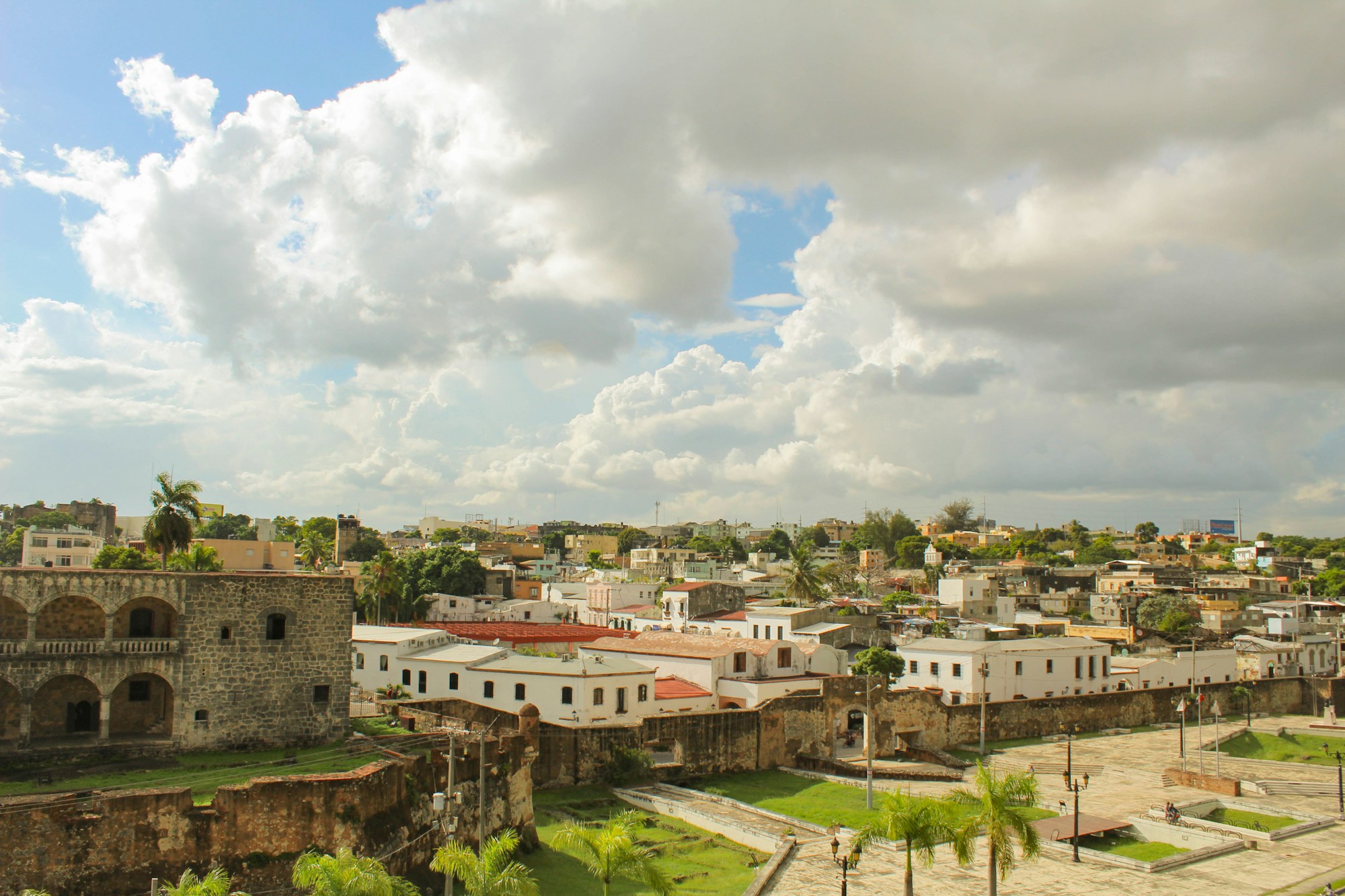Unveiling Dominican Culture: History, Traditions & Festivals

Unveiling Dominican Culture: History, Traditions & Festivals
Welcome to the Dominican Republic, a vibrant and captivating country located on the island of Hispaniola in the Caribbean region. With a rich cultural heritage and breathtaking natural beauty, it offers a truly unique travel experience. In this travel guide, we will delve into the history, traditions, and festivals that make the Dominican Republic a must-visit destination.
History
The history of the Dominican Republic is a tapestry woven with indigenous Taíno roots, European colonization, African heritage, and a quest for independence. The Taíno people inhabited the island before Christopher Columbus arrived in 1492. The Spanish colonized the island, establishing Santo Domingo as the first permanent European settlement in the Americas. Over the centuries, the Dominican Republic experienced both Spanish and French rule, until gaining independence in 1844.
Exploring the historical sites of Santo Domingo's Colonial Zone, a UNESCO World Heritage site, is a journey back in time. The Alcazar de Colón, Ozama Fortress, and Catedral Primada de América are just a few must-see landmarks that showcase the country's colonial past.
Traditions
The Dominican Republic is known for its warm and welcoming people, who take immense pride in their cultural traditions. One of the most significant aspects of Dominican culture is music and dance. Merengue, a lively and rhythmic dance, originated in the Dominican Republic and has become an integral part of the country's identity. Visitors should not miss the opportunity to experience the contagious joy of merengue at local clubs, festivals, or even on the streets.
Another traditional form of music is bachata, a style that captures the essence of love, heartbreak, and everyday life. Listening to bachata melodies or watching a live performance provides a glimpse into the soul of the Dominican people.
Food is another essential aspect of Dominican culture. The country's cuisine is a delightful fusion of indigenous, European, and African influences. Indulge in local delicacies such as sancocho, a hearty stew, or mofongo, a dish made from mashed plantains. Don't forget to try the national dish, la bandera, which typically consists of rice, beans, meat, and salad.
Festivals
The Dominican Republic is renowned for its vibrant and colorful festivals that bring communities together in celebration. One of the most famous festivals is Carnaval, a lively event held in February, right before Lent. During Carnaval, the streets come alive with parades, music, dancing, and extravagant masks and costumes. Santo Domingo, La Vega, and Santiago are some of the best places to experience the exuberance of Carnaval.
Another notable festival is the Dominican Independence Day, celebrated on February 27th. This day commemorates the country's independence from Haiti. Festivities include parades, music, fireworks, and a strong sense of national pride.
Other festivals to mark on your calendar include Semana Santa (Holy Week), which combines religious processions with beachside festivities, and the Merengue Festival in Puerto Plata, where the best merengue musicians in the country gather to showcase their talent.
As you can see, the Dominican Republic offers a diverse range of cultural experiences, from exploring historical sites to immersing yourself in lively music and dance. This travel guide can only scratch the surface of what this magnificent country has to offer. We hope it inspires you to embark on your own Dominican adventure!
